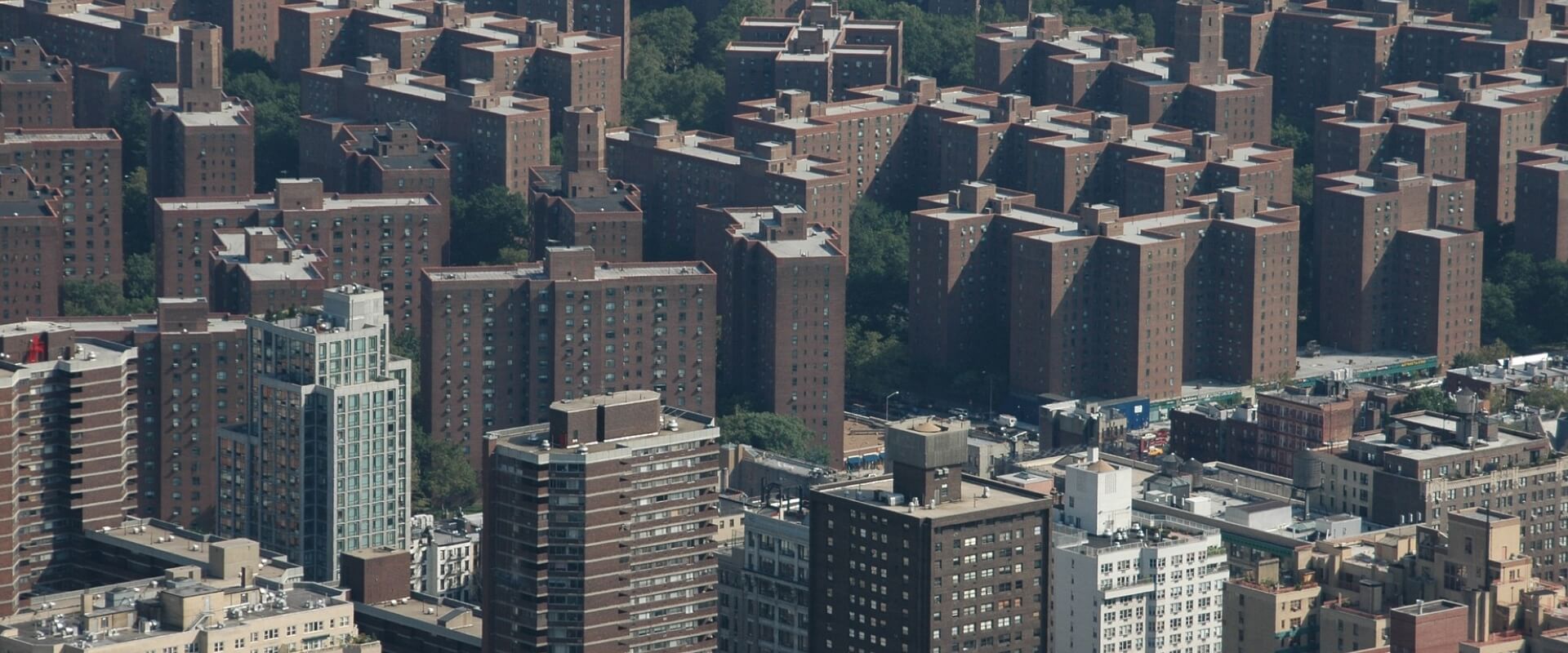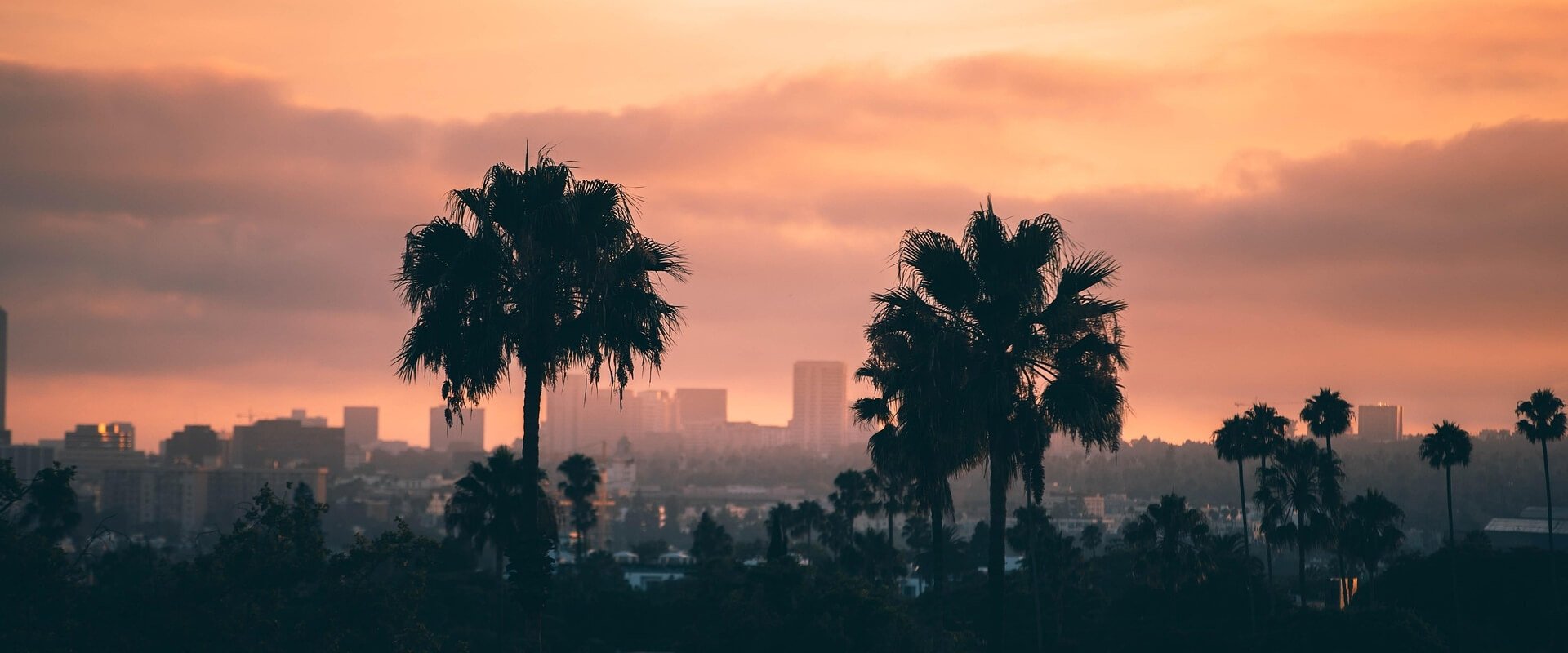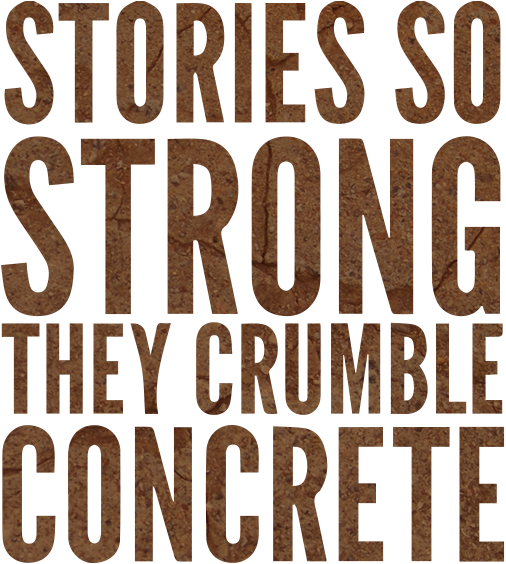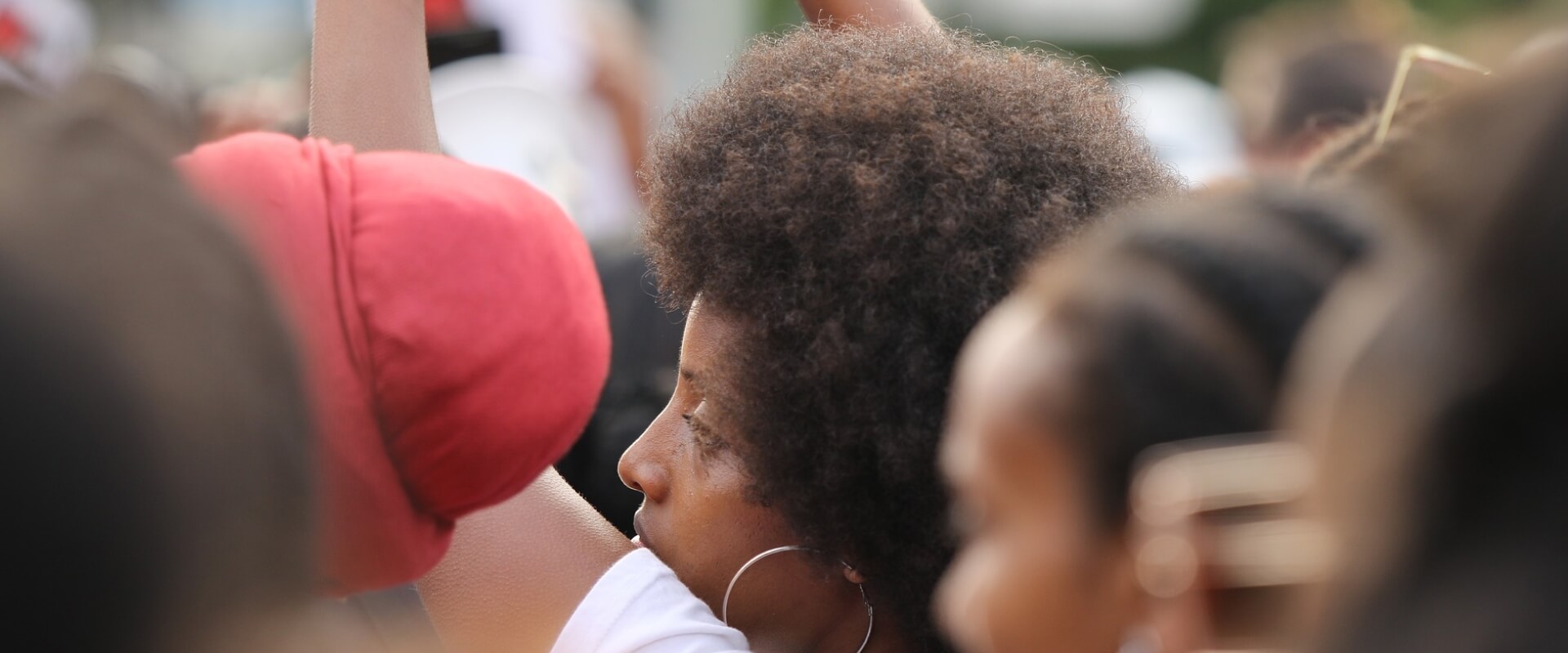Activism and Social Justice: Inside and Outside
Forms of Resistance to the Prison-Industrial Complex
by Pilar Maschi

abolition activism movement-building
I have been a member of Critical Resistance NYC chapter since it began in 2001. This is where I began doing my political organizing as a PIC abolitionist. A group of us from CR started a political ed. project with La Casita, in the South Bronx. La Casita is a residential substance abuse treatment facility for mothers with children. Most of the women there are mandated by the courts for felony convictions or are mandated by the Agency for Children Services as an alternative to incarceration.
CR has been facilitating ongoing anti- PIC workshops, for the purpose of building a community with the women and encouraging the message that being politically active is a form of recovery and is necessary. We are starting an off site support group with the women from La Casita. This will create a safe space for women to channel, heal, and transform emotions on a more holistic level, rather than the Therapeutic Community T/C Concept used at La Casita and other treatment programs that mainly focuses on assimilating into society, rather than trying to change it. We are collaborating with CASA, an organization that gives trainings on meditation, breathing, yoga as a form of conflict resolution for women of color, also in the South Bronx. The Support Group is the women’s space. We are starting a paid internship for the women of La Casita, where they will be able to take lead in facilitating, organizing and creating projects.
The only way the PIC abolition movement can resist all of the parts of the PIC successfully is by having the people most directly impacted decide for ourselves, how we can be safe as a community and how we can do this without relying on police and prisons, those same institutions that are destroying us.
I too live in the South Bronx and was a client of La Casita. I have graduated the program after serving 20 months, on a mandation for a violation of probation. I am a former prisoner and am raising my 3 year old child on my own. Motherhood is an on going struggle, and for myself this is a form of resistance to the PIC.
The PIC is a term often used to describe the overlapping interest of government and industry that use surveillance, policing, and imprisonment as solutions to economic, social, and political problems. In my experience, the PIC also includes government based institutions, such as the Agency for Children Services, Welfare and Workfare, and Public Housing. While it seems these agencies are set up to support single mothers and their children, they are not. In fact, they are especially difficult for mothers with prior felony convictions. Many single mothers with prior felony convictions fight to get their children back from the state, while trying to obtain housing and secure employment. We find ourselves having limited access to adequate mental and physical health care for both ourselves and our children. In fact, some states, like Pennsylvania, do not allow mothers who have a felony conviction to receive public assistance at all. More so, some city hospitals encourage sterilization and hysterectomies for women who have a drug history. In fact, an organization called CRACK (Children Requiring a Caring Kommunity) actually pays women substance users to be sterilized for about 200 dollars.
Before I became politicized I had never heard of the concept, prison abolition. I knew the police were only in poor neighborhoods like mine. I knew they were caging and beating my friends and families inside and outside jails and prisons. I knew my friends and families were disappearing to the state, while newly built high rises were replacing Latino and African American owned family businesses. And at worst, I hated the police for shooting and killing my father with a 9 millimeter, when I was 17. I spent most of my life fighting the police and other institutions the best way I knew how. I was angry and the only resistance I knew was using drugs and remaining numb. I knew the police were only pawns of a larger force that I was against, but I also felt responsible for the choices that I made in the course of my life. I often was told by mostly everyone that I deserved being caged and I internalized it. I thought that was the price I had to pay for being a bad person. With support from people who believed the PIC needed to be dismantled, I realized I did not have access to the same choices those in power did and I didn’t have to accept it. Being politically active is a form of recovery, and truly a form of resistance. It is the closest feeling I have to freedom. It is a place where my hopes are manifested.
The first step of resistance for me was getting off of drugs. I no longer have to rely on both public and private methadone maintenance industries to keep me on drugs. After all, the PIC manifests itself in what appear to be alternatives to substance abuse and other forms of crime. I no longer have to be the guinea pig for the punitive mental health industry, as they gave me medication and restraints to control me, and make money off of me.
The second step is questioning the politics of the Therapeutic Community concept as the answer to drug rehabilitation. In treatment I was not able to speak about my queerness. If I spoke about community accountability, I was in denial. I couldn’t speak about the conditions inside and the power dynamics within the TC. I do believe some principles of a therapeutic/community concept saved my life. However, it set me up to believe my recovery was only possible if I admitted I was to blame for being locked up, being homeless, prostituting myself, and so on. It’s crucial for me using my story to speak about the PIC, but I need to stress that people not take my story as the innocent drug user. I am not innocent. The idea of innocence and guilt was created through the law and other forms of control and doesn’t address the responsibility communities have to the people that live in them. It does not help our struggle to separate people impacted by the PIC into violent vs. non-violent. This creates boxes and perpetuates the conception that we are not human, or that some people are more human than others. In the end, these constructions make it impossible to address and create community accountability and new ideas of safety. The idea that drug users are separate from so-called violent criminals creates the idea that some people belong inside cages and others don’t. As A PIC abolitionist my goal is that no one remains inside.
In 2001, while in treatment, I was trying to obtain a GED at Fortune Society, an agency that is an alternative to incarceration. I met with a few staff members who would speak about Revolution and Freedom and what it meant to be Safe, and they would ask me questions like what would a world with no police and prisons look like.
I began determining my own ideas and destiny for my recovery from substance abuse and the PIC, through resistance to the PIC. One of the ways I began my resistance to the PIC was I joined the organization Critical Resistance. This is when I began to challenge my own beliefs about safety and security. I began to challenge the use of language like “ex-offender”, “innocent” and “predator” and how that plays a big role in how people perceive me and how I then internalize those perceptions. This is where I went beyond questioning the existence of police and prisons. I began to attack by trying to be a part of building something in its place.
I am not ashamed of my life, I am empowered through my anger and love.
I definitely acknowledge that I was and am not the “Good productive member of Society” I realize but the State’s society is not a society that was created for me, my family or my community. I believe it is not a society made for poor people, people of color, queer people, indigenous people, immigrants, and anyone who believes this to be true.



